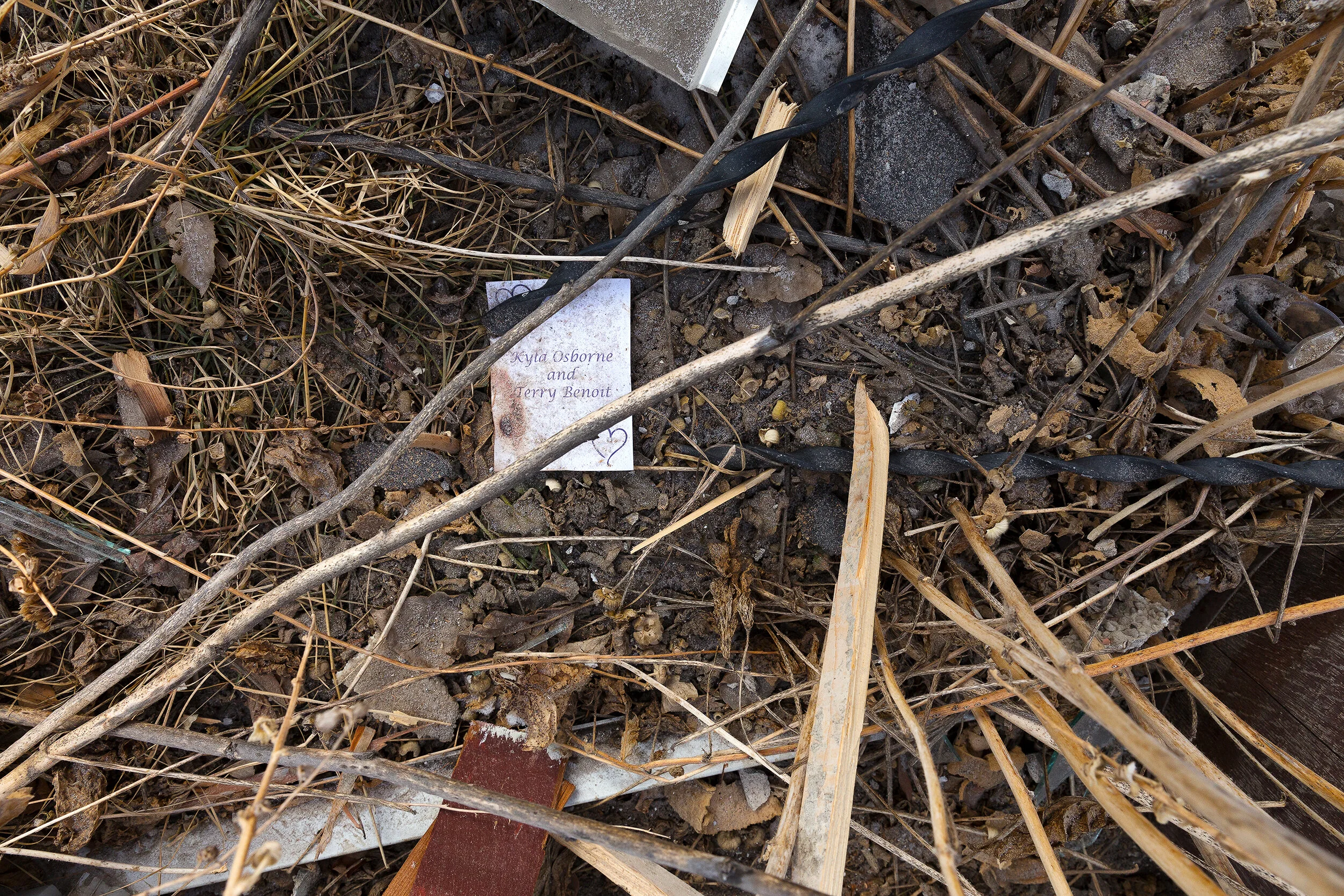
Photographs 1-5 address the nature of home as a physical dwelling. They question the relationship between "house" and "home", acknowledging that physical structures, by themselves, fail to contain the conceptual complexity of home. Houses are built and demolished, while the idea of home endures.

Photographs 1-5 were shot at multiple Calgary home demolitions. Excavators rip apart and spill out objects and materials previously shielded from view. The remains of a house offer clues about the lives once lived within its walls and what it means to build a home.
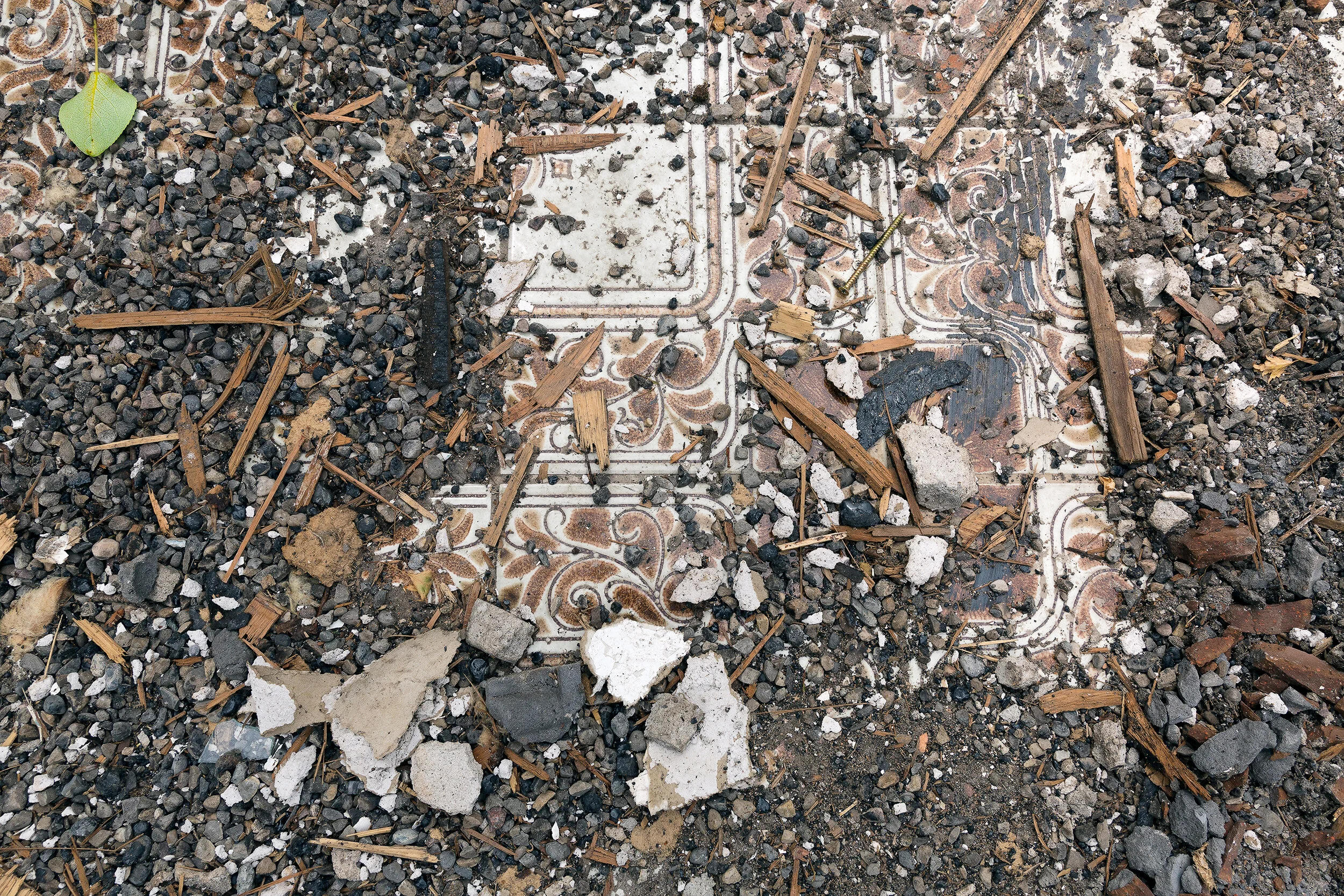


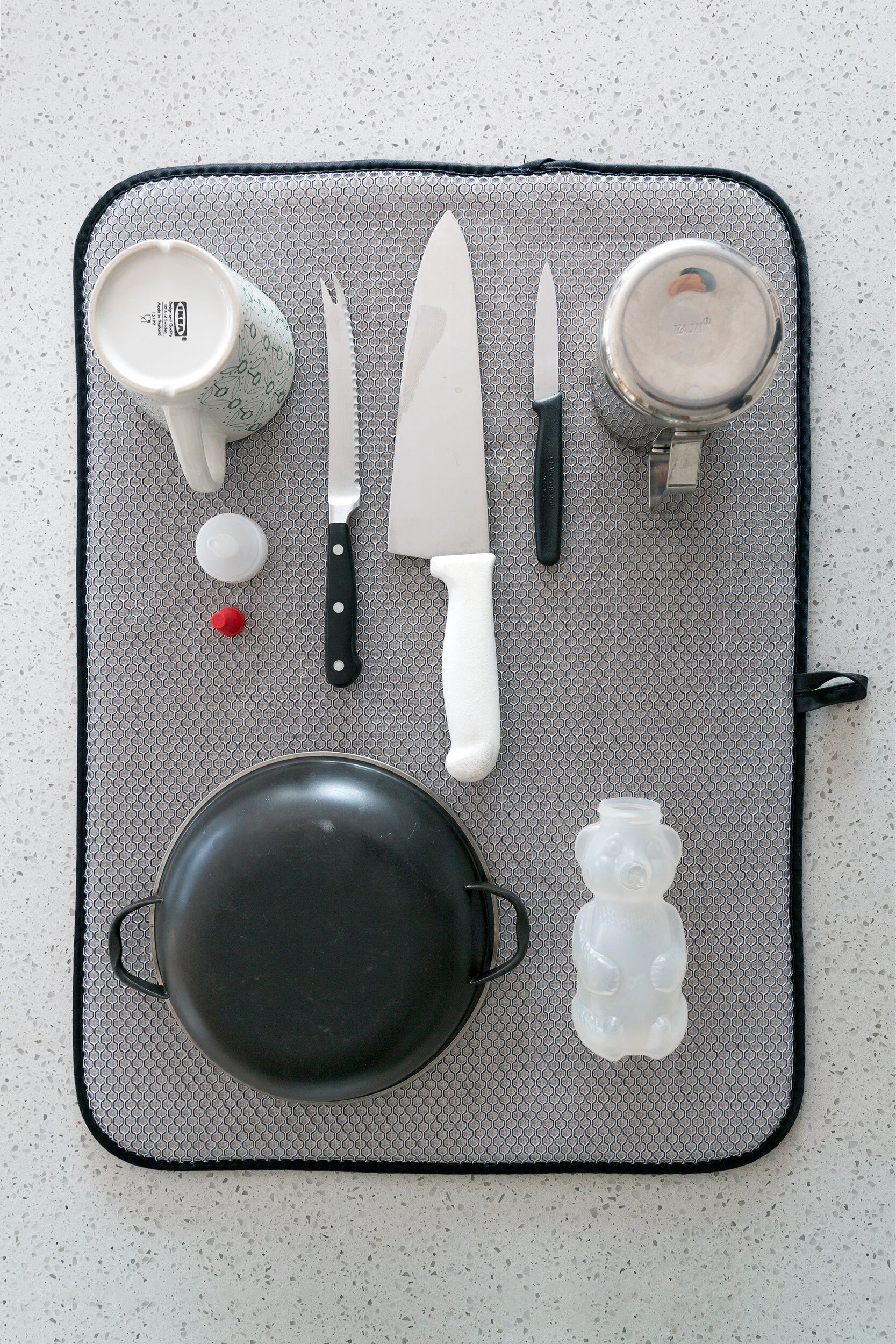
Photographs 6-10 address the role of consistent daily routines in establishing a sense of being at home. The continuity and security of staying in place allows comfortable routines to emerge.
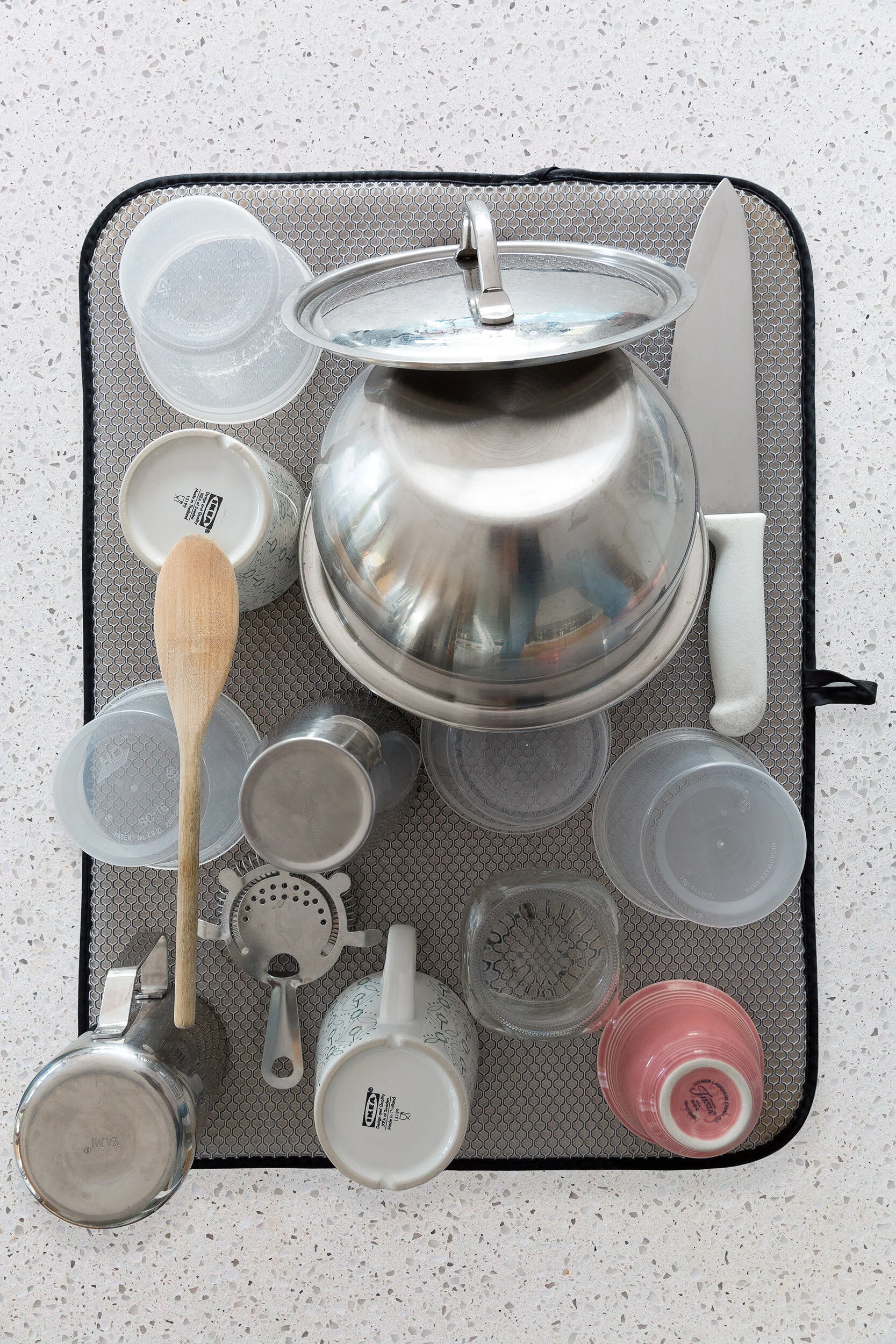
One of my daily routines is washing up the dishes after my meal. I realized that I take some pleasure in carefully arranging objects on the drying mat. My routine has an aesthetic dimension, as do others' repeated performances of everyday life.

In addition to chronicling the predictable sameness of everyday routines, the sequence of photographs suggests a diaristic portrait of daily life. Tracking routine behaviors and rituals provides a path towards further insights about feeling “at home”.
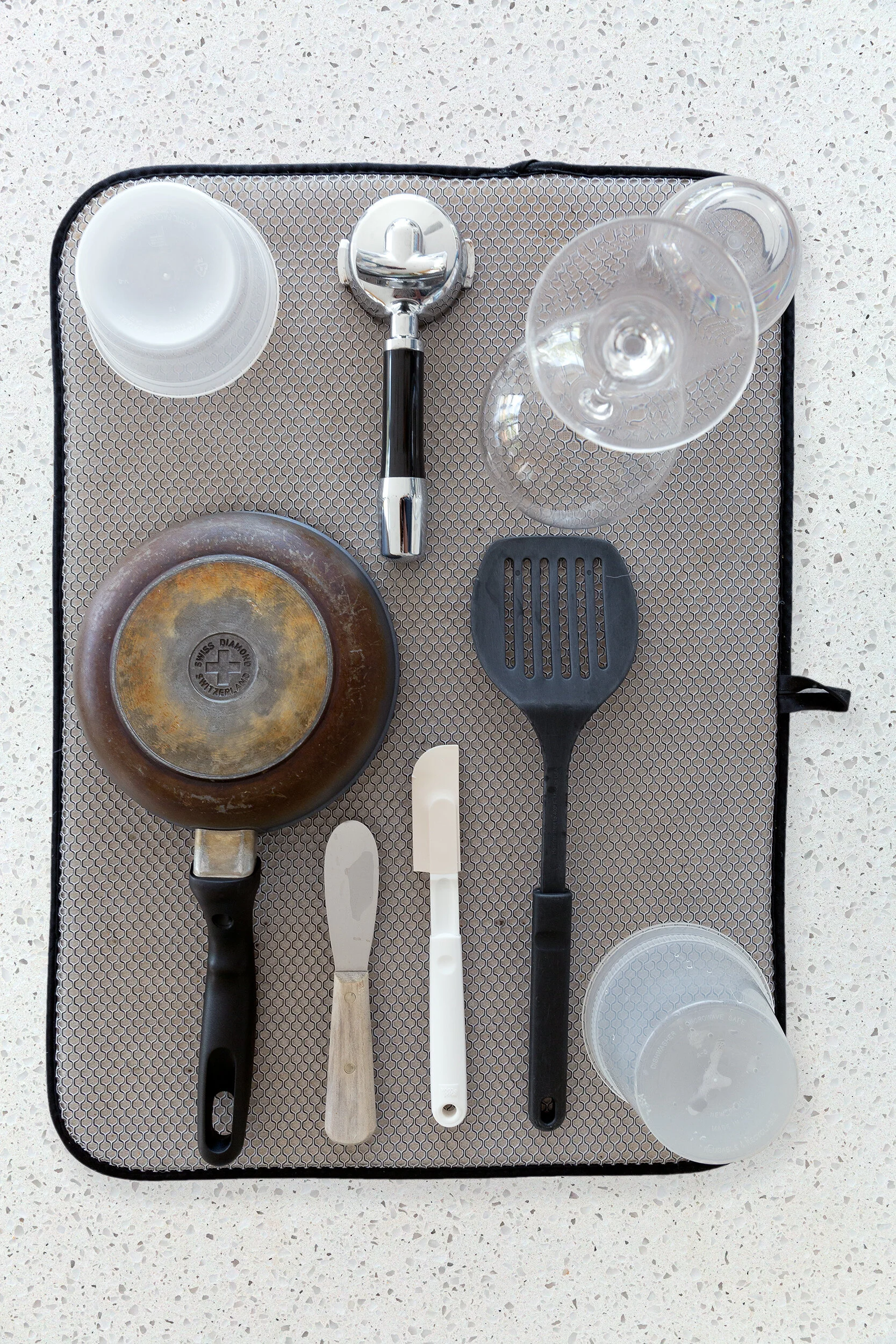
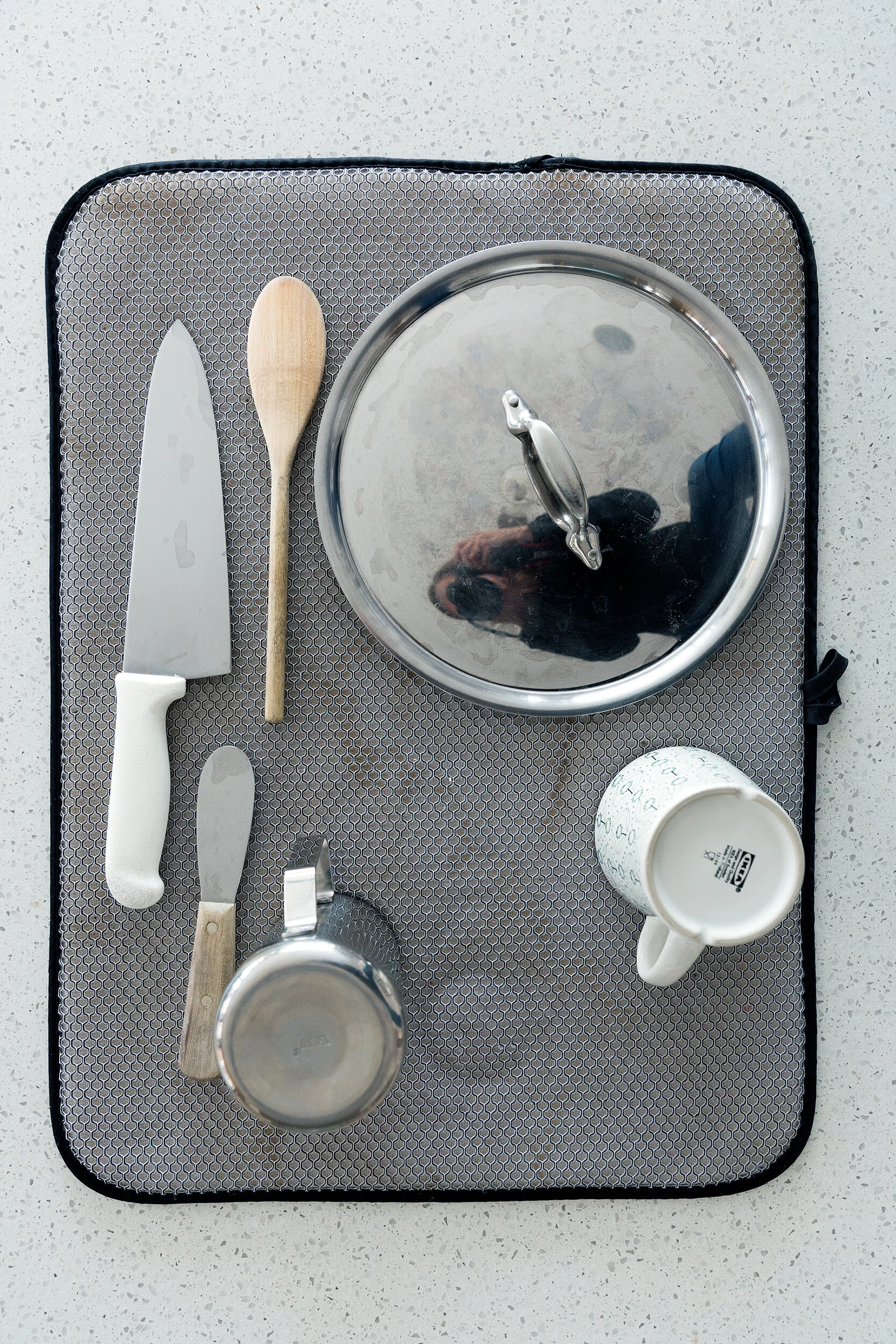
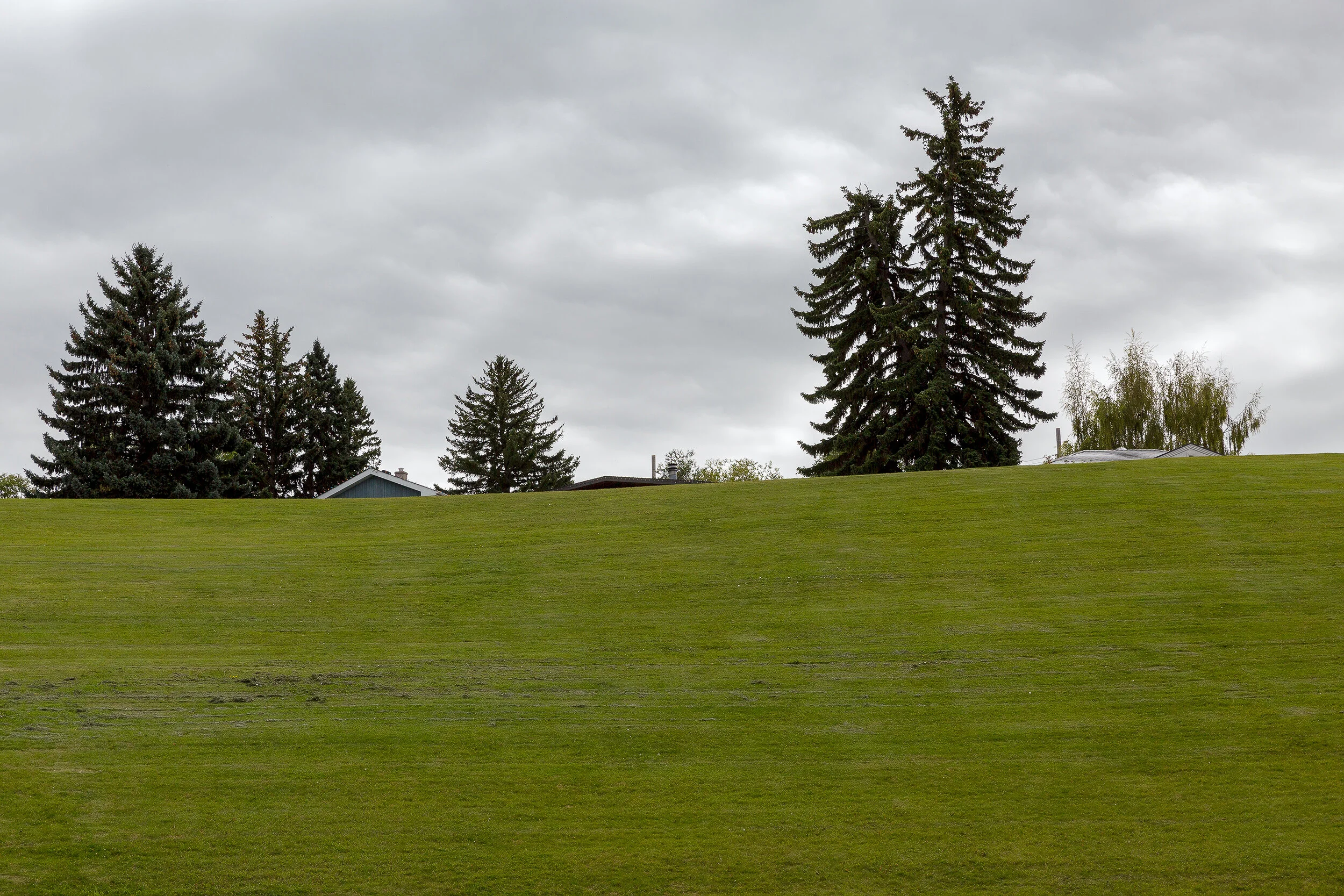
Each day I walk my dog in a nearby park. When I first moved here the park had no special salience beyond providing a pathway that yields a 45-minute outing. I realized I had not yet developed any memories here.
“This is the hillside where I first encountered someone playing bagpipes.”

With each passing year I accumulate more memories of things I have experienced in this particular place.
“I remember when I noticed that portrait photographers repeatedly shoot their clients in this location.”
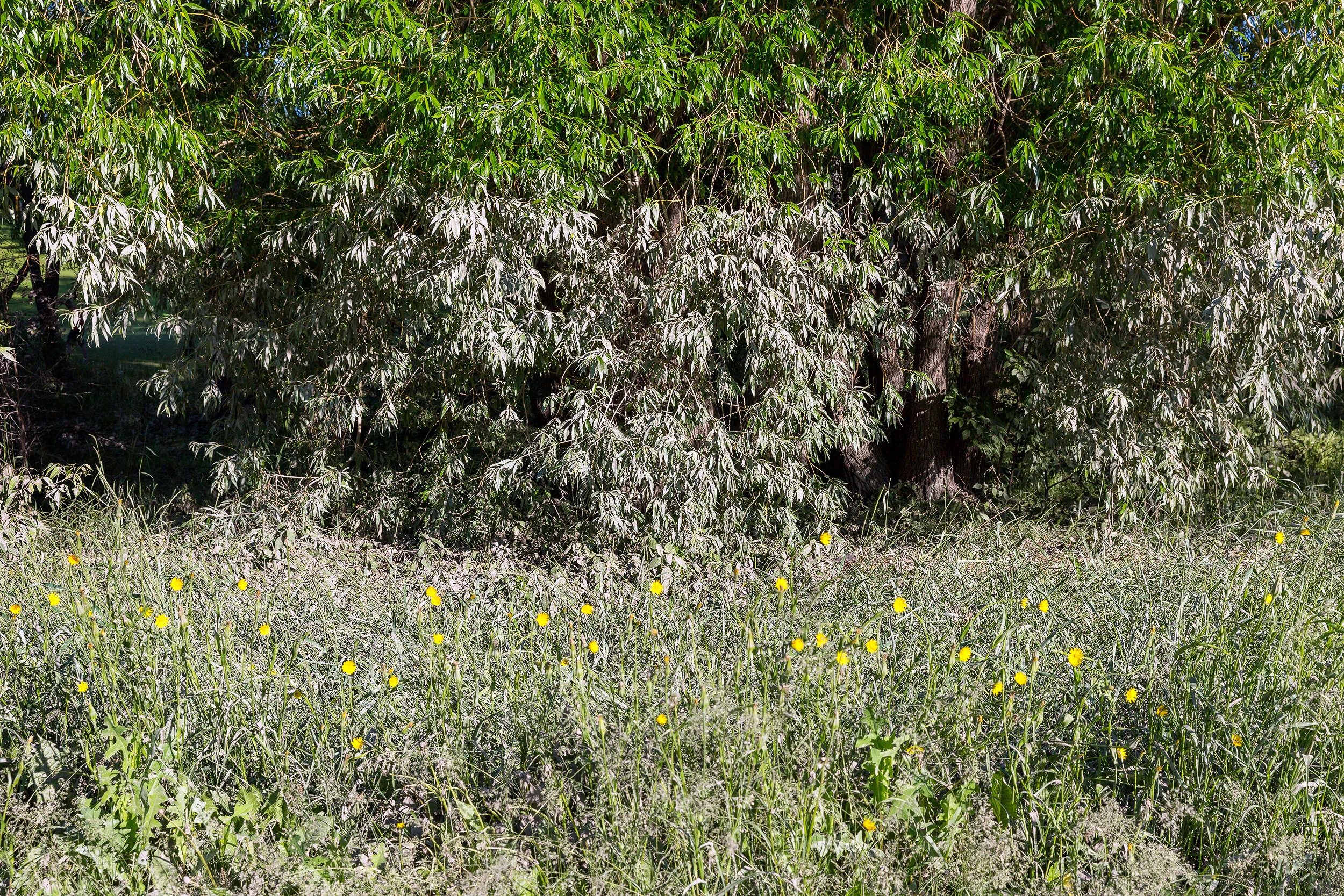
After five years, the park has filled with memories and feels like home.
“I remember the first time silt coated the grass and trees after heavy spring rains caused the creek to flood.”
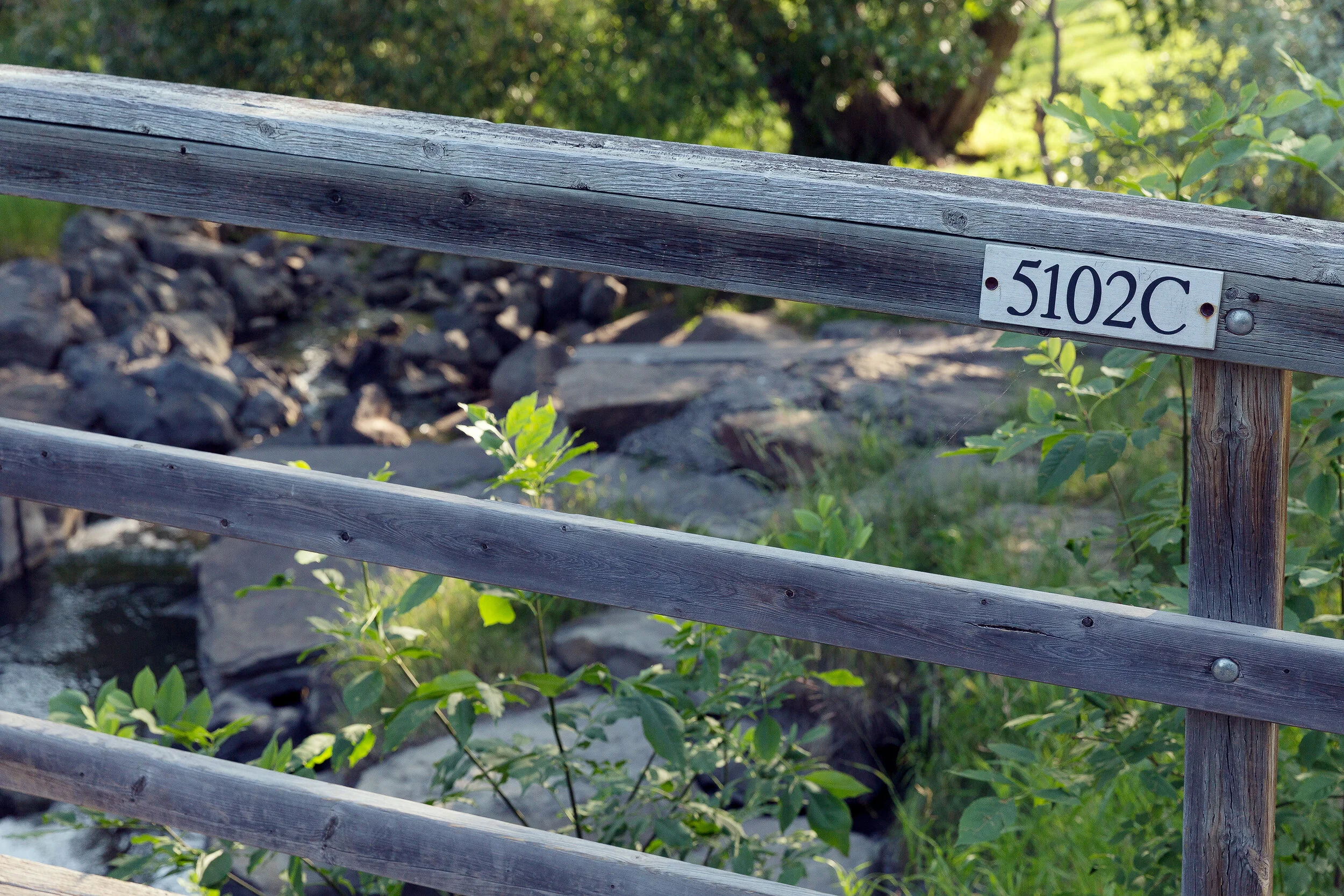
“I remember discovering that each walking bridge crossing the creek has its own, unique designation.”

“This summer I noticed paths beaten through the grass by animals—maybe coyotes—making their way down to the creek.”
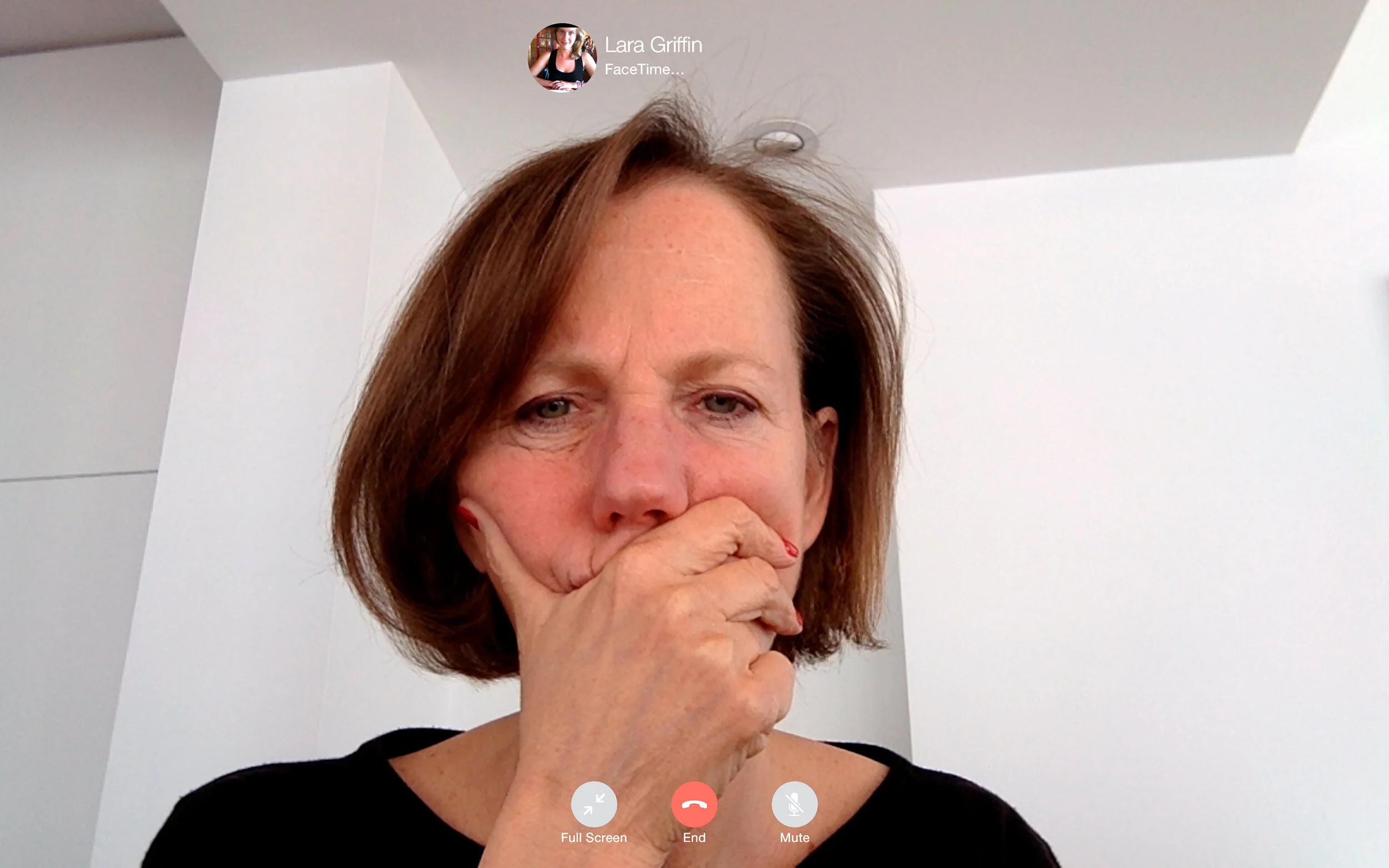
Photographs 16-20 address the role of family in defining home. My children are grown and we no longer live in the same city. Instead of sharing a physical place we interact online. If being together with family is central to definitions of home, can virtual space offer a place to be at home?


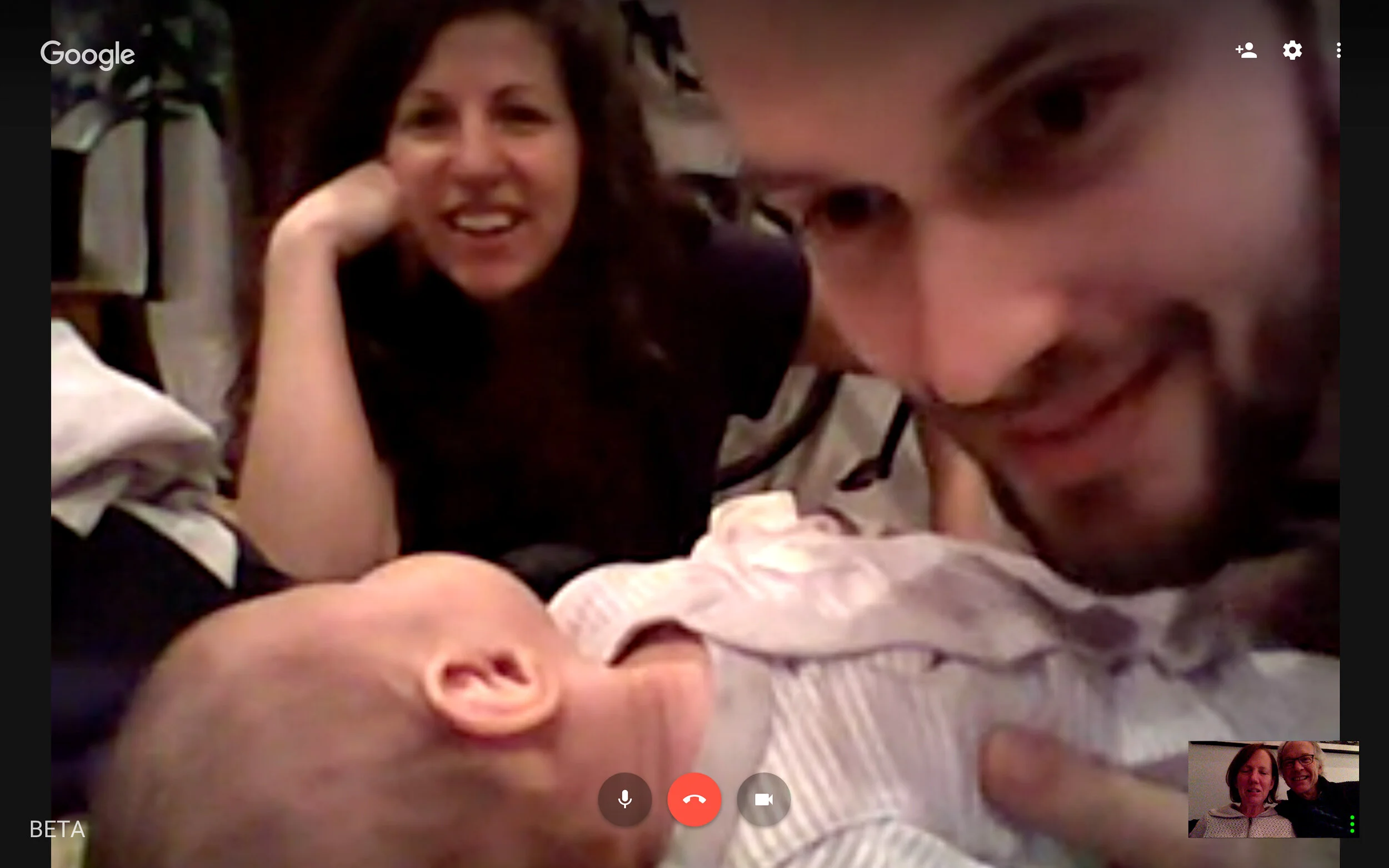





















Photographs 1-5 address the nature of home as a physical dwelling. They question the relationship between "house" and "home", acknowledging that physical structures, by themselves, fail to contain the conceptual complexity of home. Houses are built and demolished, while the idea of home endures.
Photographs 1-5 were shot at multiple Calgary home demolitions. Excavators rip apart and spill out objects and materials previously shielded from view. The remains of a house offer clues about the lives once lived within its walls and what it means to build a home.
Photographs 6-10 address the role of consistent daily routines in establishing a sense of being at home. The continuity and security of staying in place allows comfortable routines to emerge.
One of my daily routines is washing up the dishes after my meal. I realized that I take some pleasure in carefully arranging objects on the drying mat. My routine has an aesthetic dimension, as do others' repeated performances of everyday life.
In addition to chronicling the predictable sameness of everyday routines, the sequence of photographs suggests a diaristic portrait of daily life. Tracking routine behaviors and rituals provides a path towards further insights about feeling “at home”.
Each day I walk my dog in a nearby park. When I first moved here the park had no special salience beyond providing a pathway that yields a 45-minute outing. I realized I had not yet developed any memories here.
“This is the hillside where I first encountered someone playing bagpipes.”
With each passing year I accumulate more memories of things I have experienced in this particular place.
“I remember when I noticed that portrait photographers repeatedly shoot their clients in this location.”
After five years, the park has filled with memories and feels like home.
“I remember the first time silt coated the grass and trees after heavy spring rains caused the creek to flood.”
“I remember discovering that each walking bridge crossing the creek has its own, unique designation.”
“This summer I noticed paths beaten through the grass by animals—maybe coyotes—making their way down to the creek.”
Photographs 16-20 address the role of family in defining home. My children are grown and we no longer live in the same city. Instead of sharing a physical place we interact online. If being together with family is central to definitions of home, can virtual space offer a place to be at home?